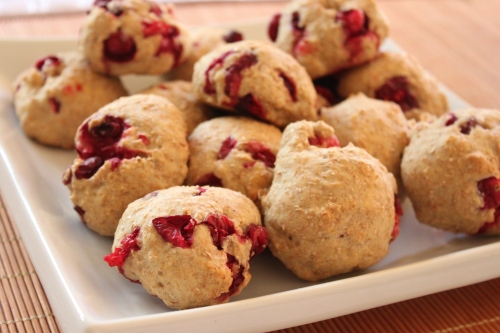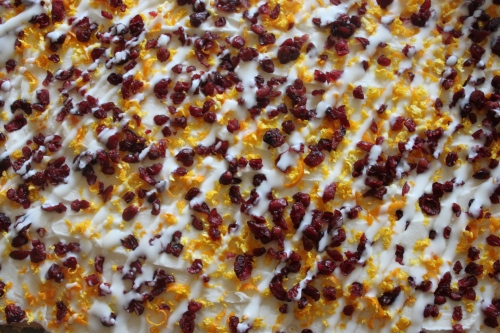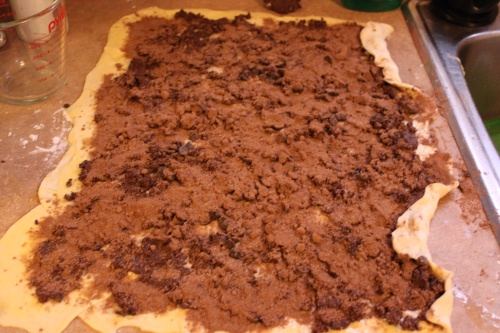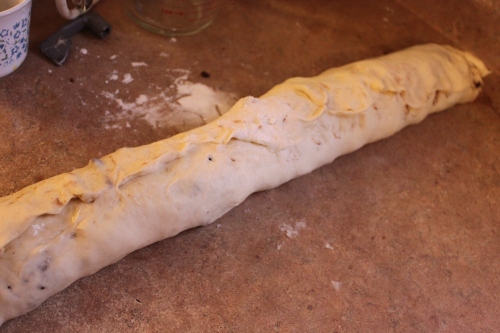Blood is mentioned numerous times in this Parsha. The Kohen Gadol (High Priest) is given detailed instruction of the Yom Kippur service which includes specific offerings related to the Kodesh Kedoshim (Holy of Holies). This service includes a number of references to the sprinkling of the sacrificial animal’s blood. In Vayikra 16:14 he ‘takes some of the bull’s blood and sprinkles it with his index finger on top of the ark cover seven times.”
Later in the Parsha (17:10) the entire people of Israel as well as ‘strangers that sojourn among them’ are prohibited from eating any blood with the severe consequence of being cut off from among His people if they do so.
Rabbenu Bahye states that blood symbolizes animals:.
“We must make a distinction between animals which devour their prey with the blood and man, who needs to be “soft and merciful”; we must take heed that the soul of man will not be “contaminated” by the animal’s blood which will lead man to inhuman activity.
The Ramban offers a different explanation. He says that God created “all the lower beings for the needs of man, since he alone recognizes his creator.” Originally though, man was only allowed to eat plant life until the Flood when God permitted man to slaughter animals. Eating blood was a remnant of “that ancient prohibition from before the flood.” Although life is for man, the life (blood) within them provides an atonement for man “and be sacrificed before God and not be eaten since no living creature can eat life itself because all the lives belong to God as do the lives of men.”
I chose cranberries as a visual symbol of blood. As it happens, I’m crazy for cranberries and here are two recipes. The first one is my scone recipe which I make practically every Shabbat. It’s an alternative to very sweet/processed desserts. I buy fresh cranberries in the fall and freeze them in the bags for the year.

Vayikra 16:14…he shall sprinkle seven times from the blood, with his index finger.
Whole Wheat Cranberry Scones
Ingredients:
- 2 cups whole wheat flour
- 2 teaspoons baking powder
- dash of salt
- 3 tablespoons oil
- 1 small snack sized sugar-free apple sauce (any flavour)
- 2 eggs
- 2 tablespoons orange juice (or not, this recipe is very forgiving)
- 1 teaspoon vanilla
- 1 -2 cups cranberries
- optional – 1-2 teaspoon sugar-free vanilla syrup
Instructions:
Mix baking powder with flour and add the remainder of ingredients. For this recipe I rolled them into balls and baked them at 350 degrees for approximately 1/2 hour. You don’t want them to dry out inside. They’re best when they’re moist and slightly under-done.
What I usually do with this recipe is line a foil pie pan with parchment paper and push in the batter. After 15 minutes or so I open up the oven and cut the pie-shape into ten pie-shaped pieces then continue baking for another 15-20 minutes or so.
The great thing about this recipe is that the ingredients don’t have to be exact. You can use chocolate or carob chips, cut up strawberries or blueberries. If you use berries the scone will start getting a bit moldy in two days. You can ‘dump’ in as much apple sauce as you want – same with the oil. They’re like…magic scones.
The second recipe is a Starbucks Copycat recipe from Food.com


Cranberry Bliss Bars (Starbucks Copycat)
Bars:
- 2 sticks margarine
- 2/3 cup brown sugar
- 1/3 cup white sugar
- 3 eggs
- 2 teaspoons vanilla extract
- 2 cups flour
- 1 1/2 teaspoons baking powder
- 3/4 cup craisins
- 3/4 cup broken up white chocolate (or white chocolate chips)
Frosting:
- 3 ounces Tofutti pareve cream cheese
- 2 tablespoons margarine
- 3 cups icing sugar
- 1 teaspoon vanilla extract
Topping:
- 1/3 cup chopped craisins
- 1 tablespoon grated orange rind
- 1/2 cup white chocolate chips or chopped up white chocolate
- 1/2 teaspoon canola oil
Directions:
- Preheat oven to 350 degrees. Line a 10 x 15 pan with parchment paper.
- For the bars, beat margarine and sugars for 3-5 minutes, until light. Add eggs, vanilla, flour, baking powder and beat briefly. Add craisins and white chocolate and stir until completely mixed.
- Spread into pan and bake 350 for 20 minutes until light brown at edges.
Frosting:
Blend cream cheese and margarine until fluffy. Add vanilla, icing sugar and beat until fluffy. (You might have to add a drop of water.) Spread over cooled bars.
Garnish: Use a zester and remove rind from orange. Sprinkle zest over frosted bars. Chop 1/3 cup Craisins and sprinkle.
Drizzle:
Mix white chocolate and oil in a glass measuring cup. Microwave until melted. (in 10 second increments). Use a fork to drizzle the white chocolate diagonally across the bars.
B’Tayavon and have a great Shabbos!











